The convergence of new and vintage hi-fi has become a trend and whilst many of our writers have assembled some great sounding systems built around older components and loudspeakers, there are some obvious shortcomings when it comes to introducing digital components into such systems from a connectivity perspective; we have also noticed that older digital products are now being lumped in with their vintage analog counterparts in the “outdated junk” department.
Dealers are also reluctant to take in older products that don’t have digital inputs because they “just don’t move off” as my local dealer put it.
That reality inspired me to seek out an accessory that could fix a major problem.
My local dealer knows that I have a soft spot for high-end DACs; and that includes vintage ones from the 1980s and 1990s. Having just purchased a used dCS DAC from him, he reached out when a customer traded in a Theta Digital DS Pro Gen III DAC and wondered if I might be interested.
The issue with the Theta is that it only offers 4 Coaxial digital inputs and that would make it a very hard sell in the current market.
That reality would force him to move it at a heavy discounted price and he really did not want to do that.
I have listened to most of the Theta range over the years and always held this particular DAC in high regard; and considering that 95% of the digital music that I own is only 16-bit/44.1kHz — the inability to process 24-bit or 32-bit PCM feels rather irrelevant.
A great sounding DAC from the past can take CDs, downloads, and most streaming files to another level in a good system.
Having piqued my interest, I asked the dealer to hold out as I had an accessory that would make it easier to audition and possibly sell.
With my MacBook and ddHiFi TC100 and TC100s USB-C to RCA adapter under my arm, I headed over to the shop to give this rather ancient DAC a proper audition.
The TC100 is a very simple unit with a USB Type-C port at one end of the small box and a length of coaxial cable on the opposite end of the box.
The metal box containing the D2D conversion system is little larger than a pack of chewing gum and is very solidly made and handsomely anodized to match the cable color.
Internally, the TC100 uses a Murata made DA-101c digital audio processor to handle conversion tasks and unlike less expensive designs, the TC100 does not pass the USB ground to the coax which is often responsible for noise or reliability issues with USB to coaxial converters. It is certified at 75 ohms.
The wiring is 99.9999% pure copper.
It didn’t take very long to connect a Cambridge Audio CXC CD Transport and my laptop to the Theta DS Pro Gen III, and we used the DAC’s outputs to connect to a pair of Van Alstine 225 Power Amplifiers ($1,800 each) and the DALI Opticon 8 MK2 Loudspeakers ($5,000 USD/pair).
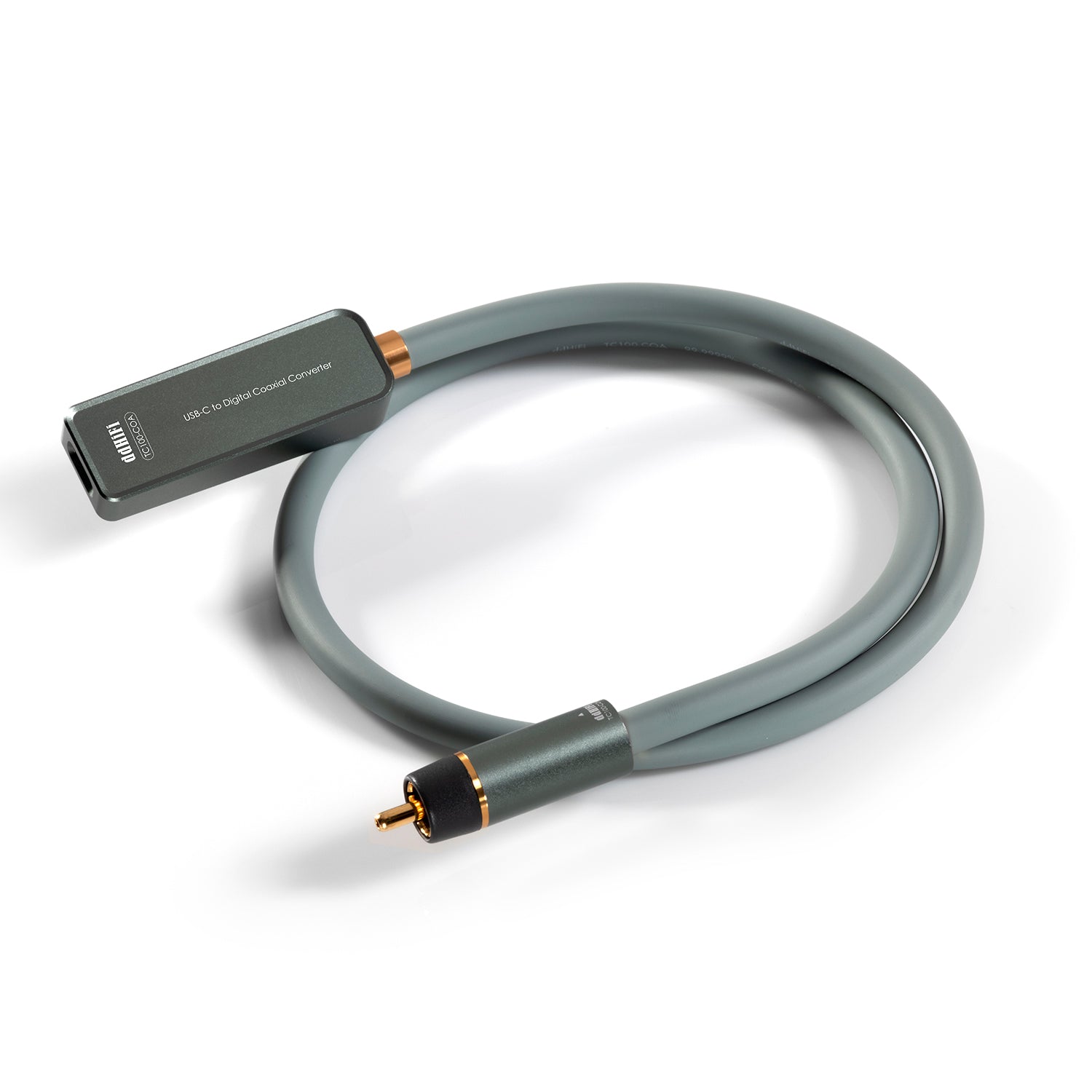
Four songs into our listening session, the dealer remarked, “Theta really did make a great DAC for CD rendering.”
It was at that moment, that I revealed that we had not been listening to the Cambridge CD transport, but my MacBook connected with the ddHiFi USB-C to RCA Adapters.
He looked both stunned and confused. Happens to the best of us.
We were using nothing more than an older Apple MacBook, Foobar, FLAC files, and the aforementioned adapters.
To heal his bruised ego, he went into the next room and returned with the BelCanto DAC that I had recently traded in when I purchased the dCS DAC; my older DAC offered both USB and Coaxial inputs and he wanted to compare the performance with the USB and ddHiFi adapters.
I also think he wanted to show up the limitations of the Theta compared to the BelCanto when it came to file support; which still felt like a losing argument to me because most of the music we own is not above 16-bit/44.1kHz.
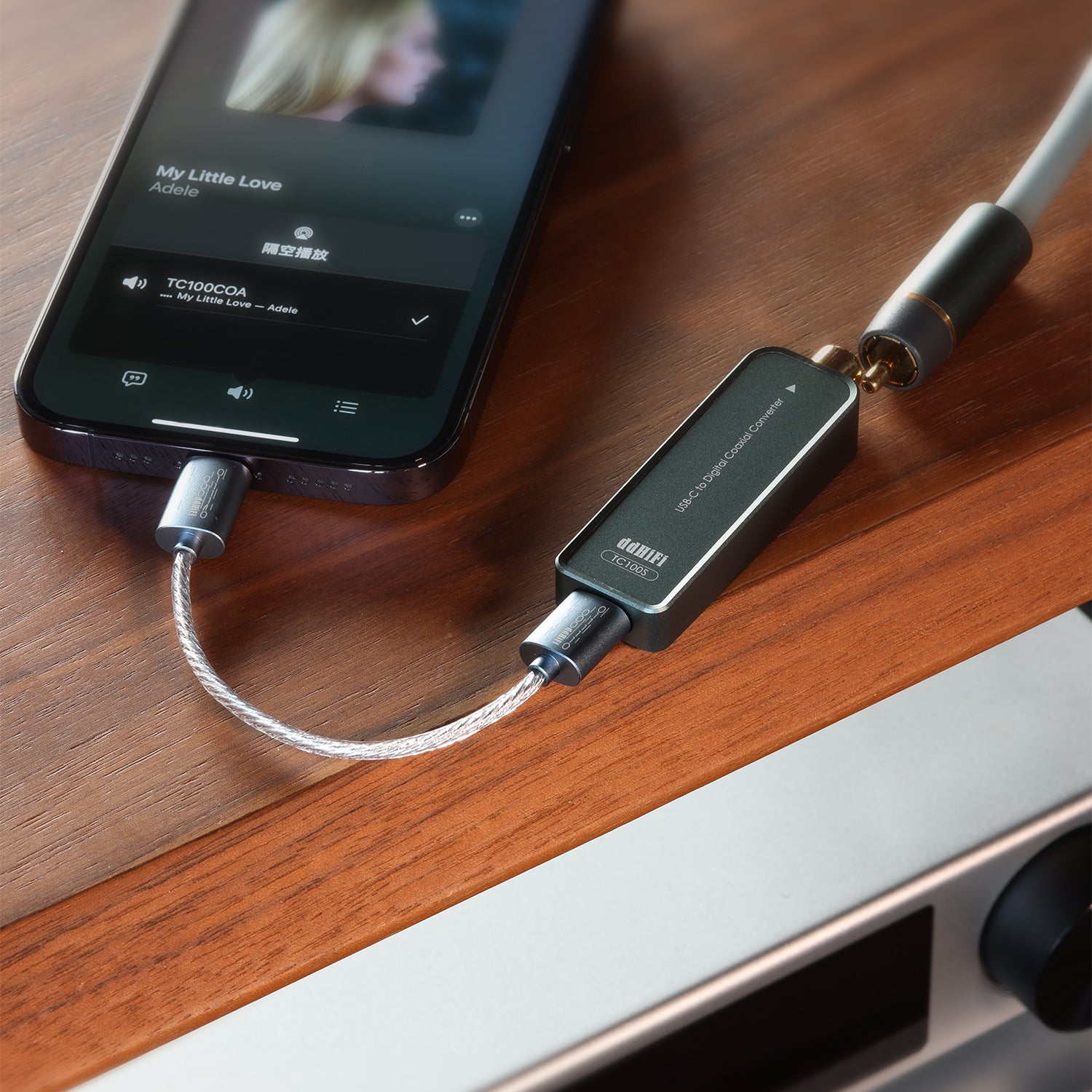
After going back and forth for almost 45 minutes, he admitted that he could not tell the difference and wanted to know where he could order the adapters. Considering his decades of experience selling and setting up systems for customers — this felt like a genuine victory for those of us who champion affordable solutions that can be used with a wide range of systems.
It is worth noting that adapters to convert digital to analog that can be used with older source gear and current smartphones are not new — and one can find examples that range between $39 and even $1,500 USD. All of them work but clearly don’t deliver the same sonic results.
The ddHiFi TC100 and TC100s USB-C to RCA Adapters work with Windows, Linux, MacOS and Android; my store visit was the first opportunity to try them with an iPhone and iPad.
We used an iPad combined with a lightning to USB adapter and the combination worked just fine.
Final Thoughts
Who needs this?
If you are considering a vintage DAC from the 1980s or 1990s with rather limited connectivity options, these adapters work incredibly well.
Considering the affordability of hi-res DACs in 2024 from brands like Schiit Audio, Topping, FiiO, Questyle, and Cayin, it might seem like a step backwards to consider an older DAC from brands like Wadia, EAD, Meitner, Meridian, Theta, or Sonic Frontiers that were considered state-of-the-art before digital downloads and streaming even existed.
Why bother?
If you can find some of these products at a discount, you might be surprised just how much they can improve the sound quality of your existing system or even add life to a vintage one using your current smartphone, laptop or tablet.
These were highly rated for a reason and none of the Dongle DACs I have in my possession offer the same experience as the aforementioned reference DACs from those specific manufacturers.













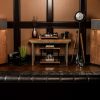
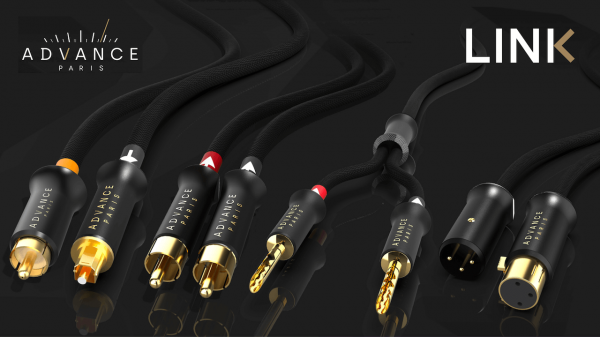




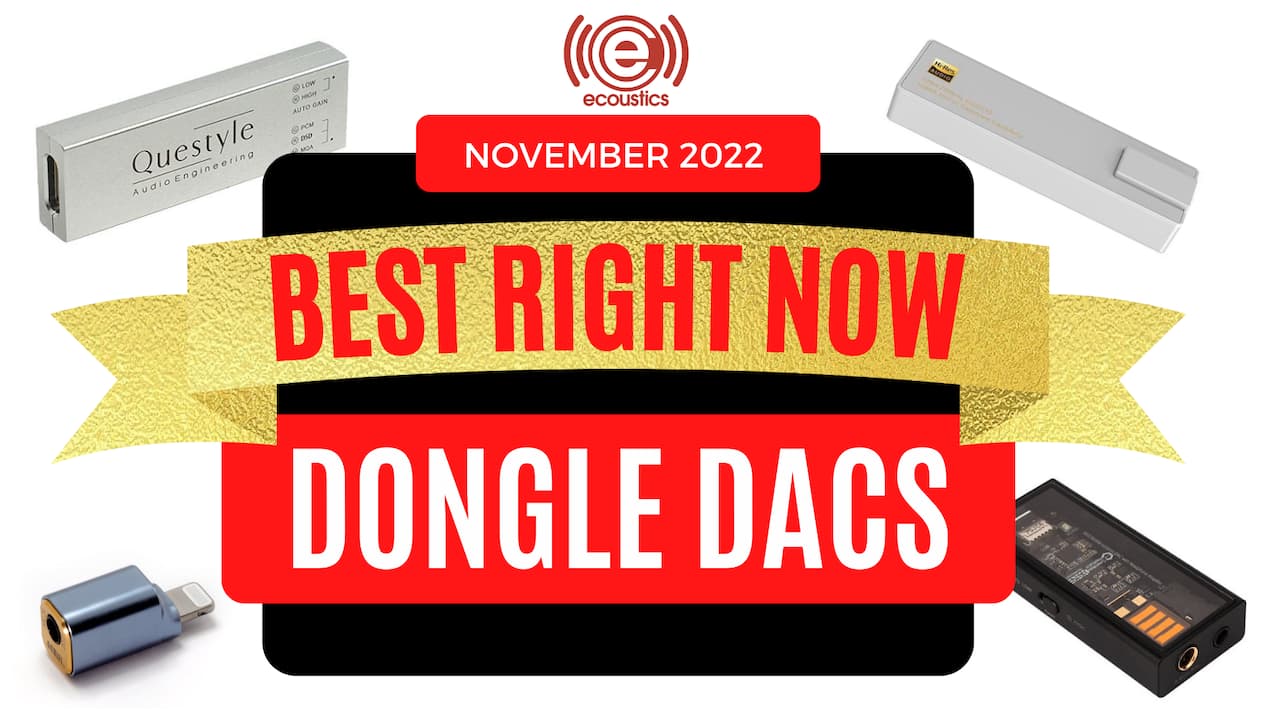














Lee
October 7, 2024 at 11:25 am
Can be used in tidal music app and play dsd files
Damian
November 13, 2024 at 9:29 am
Hello!
I would like to know if this device can play the sound from a PC, through a 3.5mm Jack – USB-C cable,
(USB-C to be connected to this converter, DDHIFI TC100)
to a vintage DAC (1983) which has only RCA connection.
Thank you!